The famously fluffy basmati rice is known for its aroma and flavor, crucial in Indian and Pakistani cuisines. It also stands out for its health benefits, versatility, and moderate glycemic index, which makes it suitable for managing blood sugar. What is your favorite basmati rice recipe?
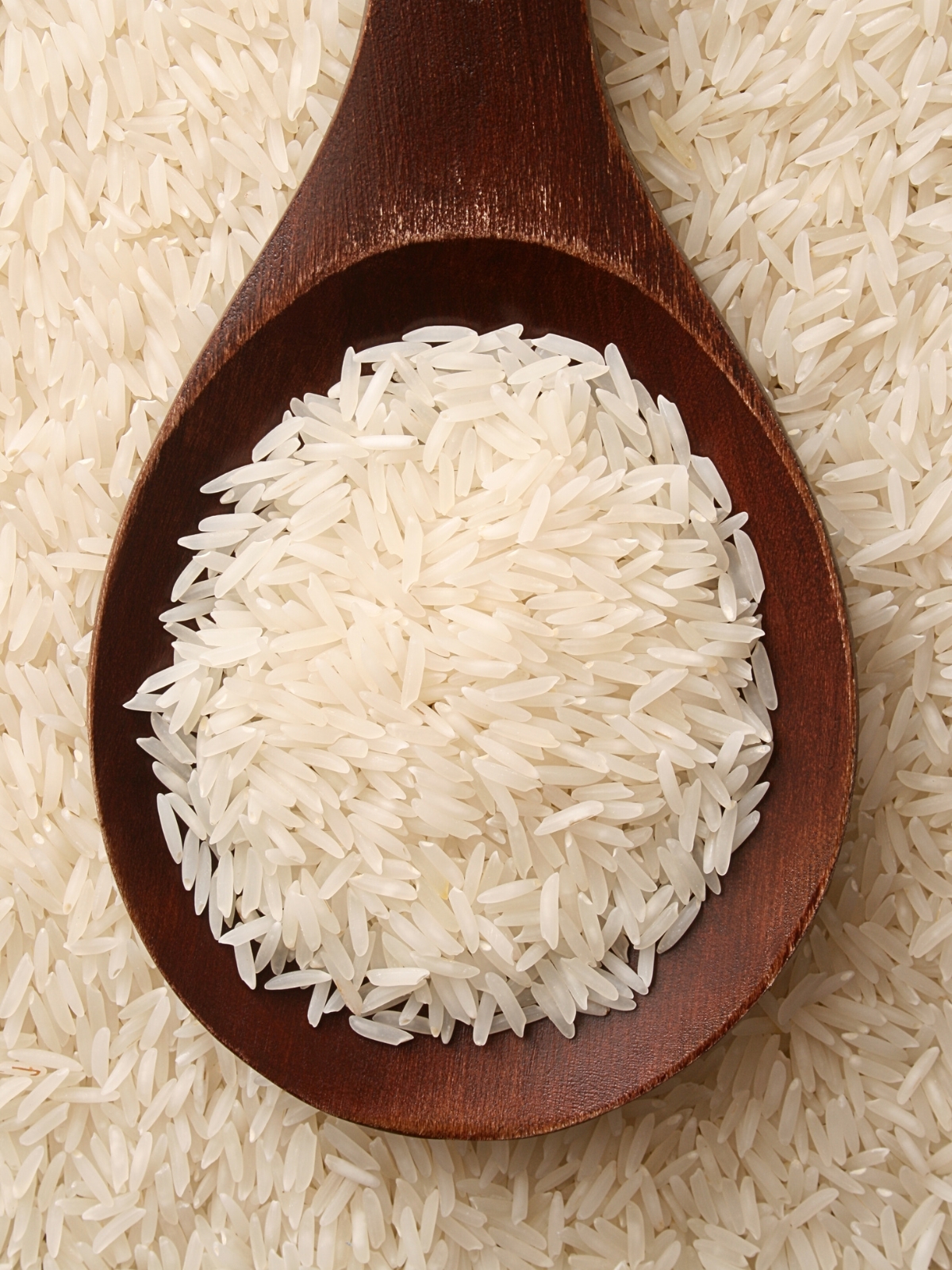
Jump to:
🌾 Grain Highlights
- Let's explore what sets basmati rice apart: its aromatic and subtle flavor that shines in Indian and Pakistani dishes.
- Discover how versatile basmati rice is—perfect for biryanis and pilafs—and why it's a smart choice for your health—especially brown basmati's lower glycemic index, which helps keep blood sugar in check.
- See how basmati rice differs from white or jasmine rice in smell, texture, and taste, plus learn about its different kinds and how best to keep it fresh.
❓ What is Basmati Rice?
Basmati rice belongs to the Oryza sativa species, specifically to the Indica variety.
According to the study on aromatic rice, the name "Basmati" comes from the word "Vasmati" in Sanskrit, meaning "fragrant soil."
The name consists of two parts: "Bas," a Hindi word originating from "VAS" in the Prakrit language, which stands for aroma or "VASAY." Over time, people began to pronounce "VAS" as "Bas." The second part, "Mati," derives from "Mayup," indicating something deeply ingrained.
This rice cultivar is primarily grown in the Himalayan foothills of India and Pakistan. Each region produces rice with slightly different flavor profiles due to the unique soil and climatic conditions.
🆚 Difference Between Basmati and White Rice
Basmati rice comes in both white and brown varieties, and people often compare it to other types of white rice. The main differences lie in the grain length, aroma, and texture.
Basmati grains are long and cook up nice and fluffy, each one staying separate—not like some white rice, which gets sticky and wet. Plus, this cooked rice has a nutty taste and a floral smell that really stands out from the plain flavor of regular white rice.
Its special fragrance, like that of pandan or popcorn, comes from something called 2-acetyl-1-pyrroline. This unique taste and aroma make basmati the go-to rice for adding an extra kick to your meals.
👩🏻🍳 Uses in Cooking
It works great in everything from biryanis and pilafs to basic sides. It mixes well with many ingredients—spices, herbs, veggies, and meats— which is why so many cook basmati rice worldwide on a daily basis.
This rice is my go-to because of its fluffy texture and ability to soak up flavors. It's perfect for saucy dishes, salads, and soups. I stick to high quality basmati rice because it's aged. This process dries out the grains and enhances the flavor, similar to a fine wine. Read this article to learn how to cook basmati rice and discover how cooking basmati rice with the right techniques is so easy.

🆚 Jasmine Rice vs Basmati Rice
Basmati and jasmine rice both smell great but come from different places. Jasmine rice, famous for its floral smell, grows mainly in Thailand, Cambodia, Laos, and Vietnam. Basmati, with its unique aroma, comes from the Himalayan foothills in India and Pakistan.
When it comes to taste, jasmine rice is sweet and nutty, yet it's sticky. On the other hand, basmati also offers a nutty flavor but with fluffier grains that stay separate. Looking for alternatives? Check out my guide on basmati rice substitute for more choices.
A study in the British Journal of Nutrition showed that basmati rice has a lower Glycemic Index (GI), 59, making it medium GI, unlike jasmine rice, which sits higher at 91, a high GI. This means this specific type of rice doesn't spike your blood sugar as quickly. The research confirmed this across three Asian ethnic groups. This demonstrates that the GI numbers are consistent and applicable to everyone.

🔎 Types of Basmati Rice
You'll find it interesting that there are 34 kinds of basmati rice listed under the Seeds Act of 1966. Out of these, the 1121 and 1509 types really stand out.
The 1121 type is known for being really long and slim, while the 1509 type is famous for its strong smell and flavor. These varieties highlight the wide range of basmati. Each type has unique features that suit various tastes and cooking needs.
⚕️ Is Basmati Rice Healthy?
Basmati, especially in its whole grain form (brown basmati), is full of nutrients like fiber, vitamins, and minerals, making it a great addition to your diet. The white version has fewer nutrients because of how it's processed, but it still offers a good source of energy.
Remember, it's all about balance. Basmati rice's moderate glycemic index (GI) makes it a smarter pick over many white rice, especially if you're keeping an eye on your blood sugar. Adding this rice to a well-rounded diet while watching how much you eat and the GI of your meals is a healthy move.
🙋♀️ People Also Ask [FAQs]
It is a long grain rice. It's known for its lengthy, slim grains that get even longer when cooked, making the rice fluffy and the grains stand apart.
You can find it in both white and brown forms. White version of this rice has had its husk, bran, and germ removed, resulting in lighter, more delicate grains. Brown basmati retains its bran layer, offering a different nutritional profile and a slightly nuttier flavor.
To keep basmati rice fresh and extend its life, store it in a cool, dry spot out of the sun and moisture. An airtight container is best to keep away smells and dampness. It's best to store it in an airtight container to protect it from odors and humidity.
🚫🍞 Is Basmati Rice Gluten Free?
Basmati rice is gluten-free, making it a great pick for anyone with gluten sensitivities or celiac disease.
Being naturally free from gluten, this particular type of rice is an excellent grain option for those looking to avoid gluten in their diet.
Getting to know basmati means tapping into its special flavors, textures, and health perks. It stands out with its unique aroma and its versatility in recipes. It's gluten-free and has a balanced glycemic index, making it a fantastic choice for everyone.

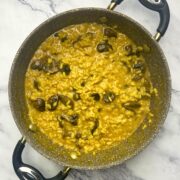

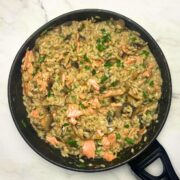
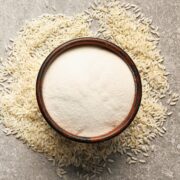
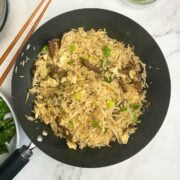
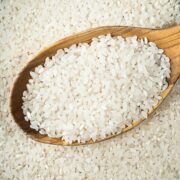
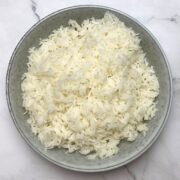
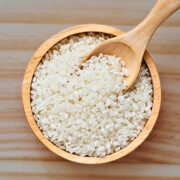
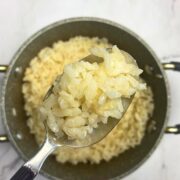
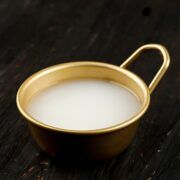
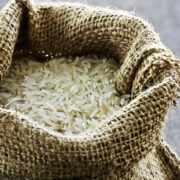
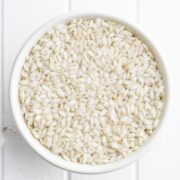

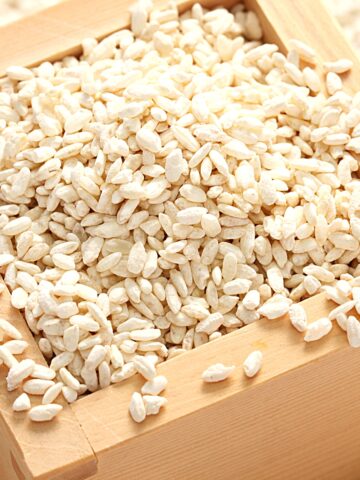
Leave a Comment